


19 June 2019
The three-dimensional mechanical forces generated during the activation of T lymphocytes have been quantified at unprecedented spatiotemporal resolution. To do so, Postdoctoral Researcher Huw Colin-York from the Fritzsche Group, which studies Biophysical Immunology at the University of Oxford, travelled to the laboratory of Prof Dong Li at the Chinese Academy of Sciences, Institute of Biophysics, Beijing, courtesy of a Travelling Fellowship from the Journal of Cell Science. …
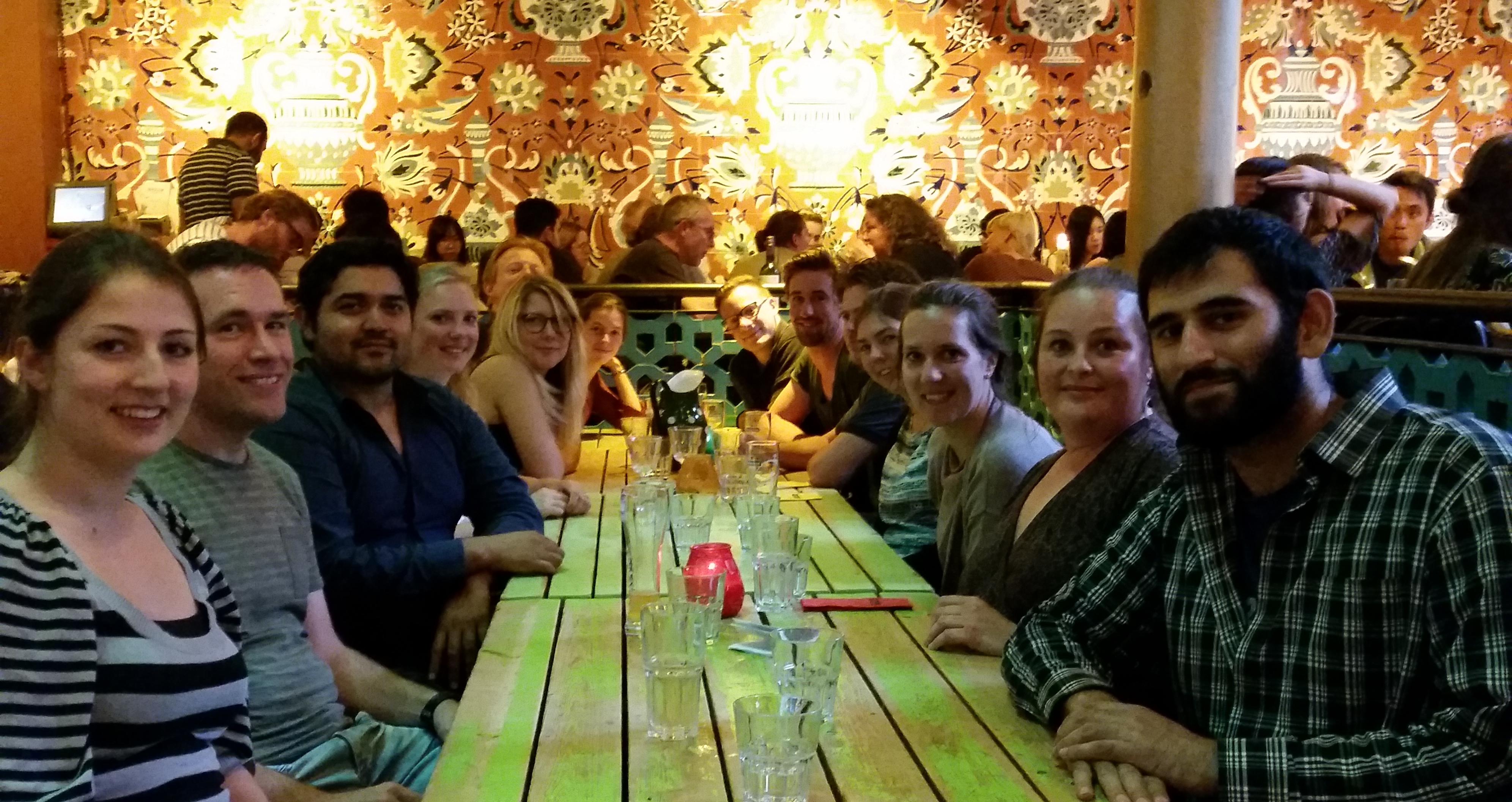
19 April 2018
Transplantation of hematopoietic stem cells (HSC – stem cells that produce new blood cells) is a common treatment for several leukaemias. Following transfusion, HSCs migrate from the circulatory system into bone marrow niches, where they begin a process of self-renewal and proliferation that supports lifelong normal blood cell production. …
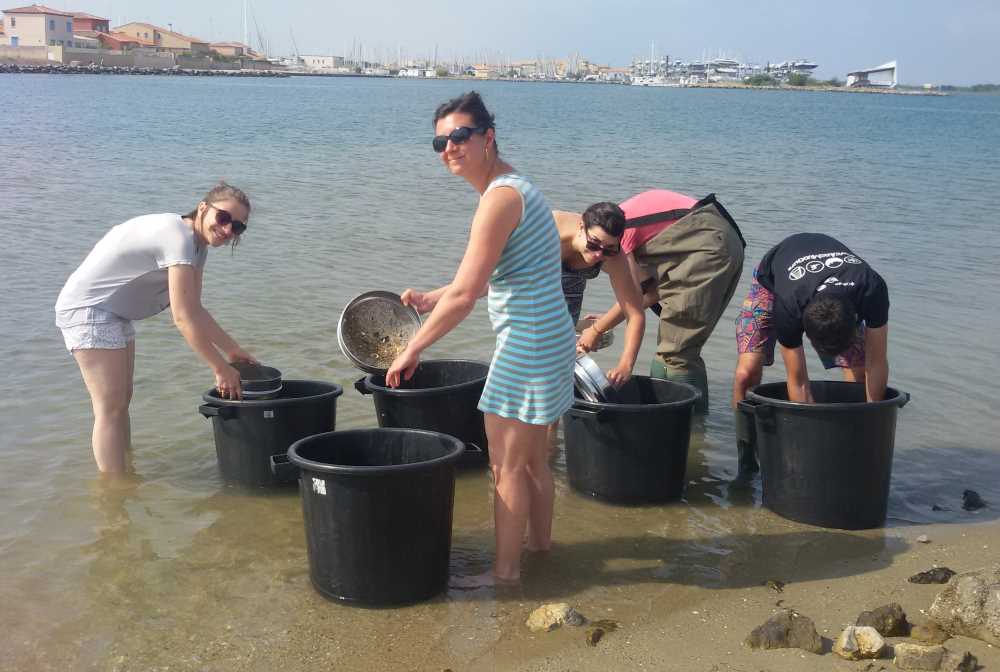
20 February 2018
The research project of PhD student Filomena Caccavale at the Stazione Zoologica Anton Dohrn in Naples, Italy, has focussed on the role of nitric oxide (NO) during embryonic and larval development of the cephalochordate Branchiostoma lanceolatum (amphioxus). …

2 November 2017
As a new assistant professor at James Cook University (JCU), marine conservation physiologist Jodie Rummer applied to the Journal of Experimental Biology for a Travelling Fellowship to perform fieldwork at Lizard Island Research Station in the Northern Great Barrier Reef of Australia. …
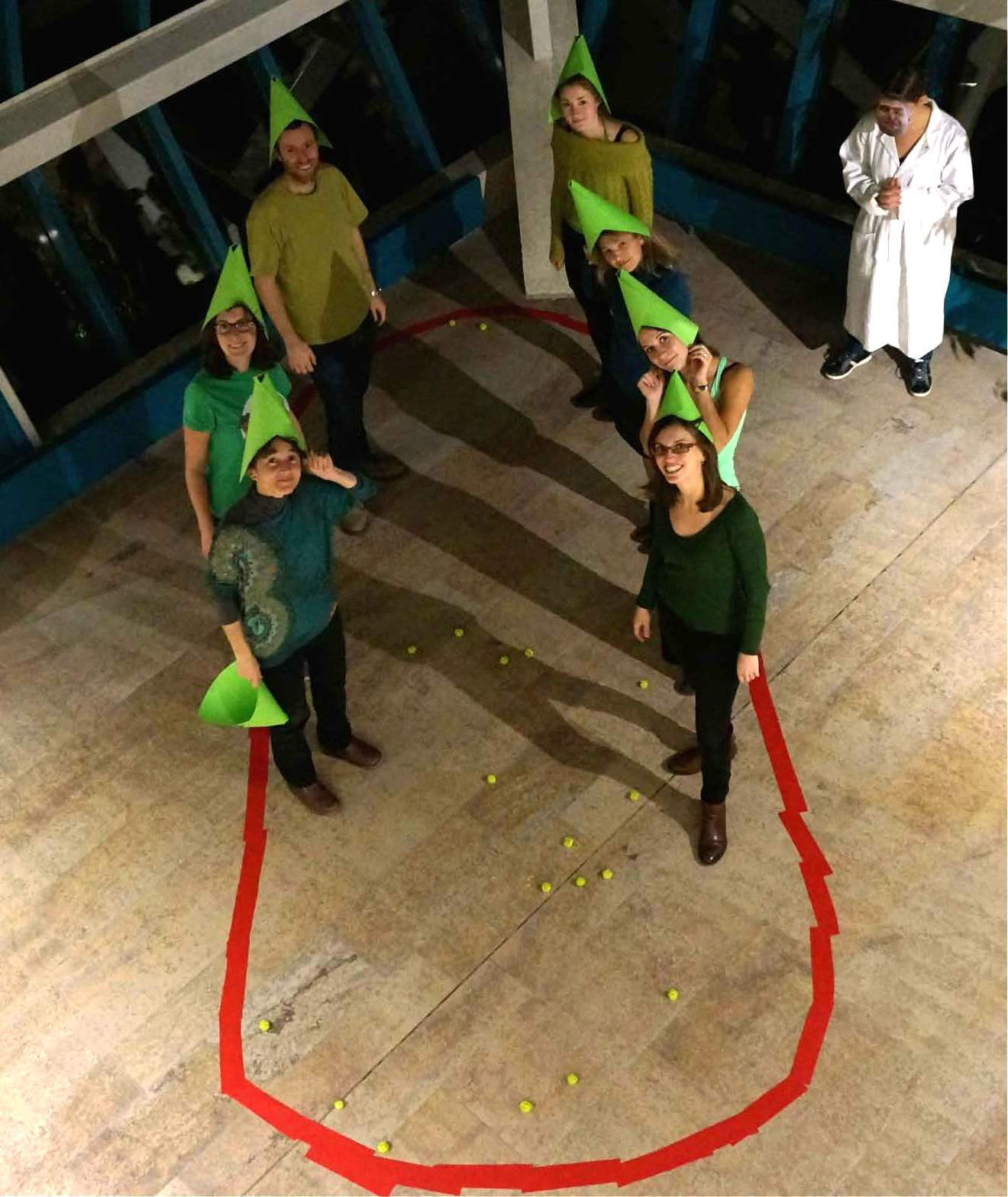
5 July 2017
The bacterial cytoskeleton controls many important cellular processes including bacterial cell morphogenesis, division and motility. Elements of the bacterial cytoskeleton mirror the major components of the cytoskeleton in eukaryotic cells; for example, the actin homologue MreB, the tubulin homologue FtsZ and the intermediate filament homologue CreS. …
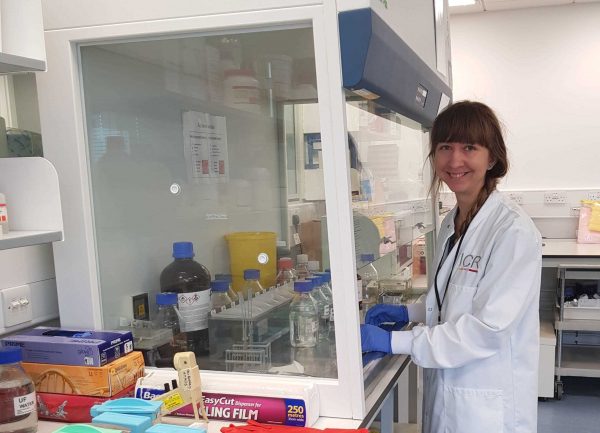
16 April 2019
Glioblastoma multiforme (GBM), a grade IV brain tumor, is the most common malignant primary brain cancer in adults. Patients with GBM have a poor prognosis following standard therapy, with a 5-year survival rate of only 3-5%. Although novel therapies against GBM have been tested, the standard care has remained unaltered for over 15 years. …
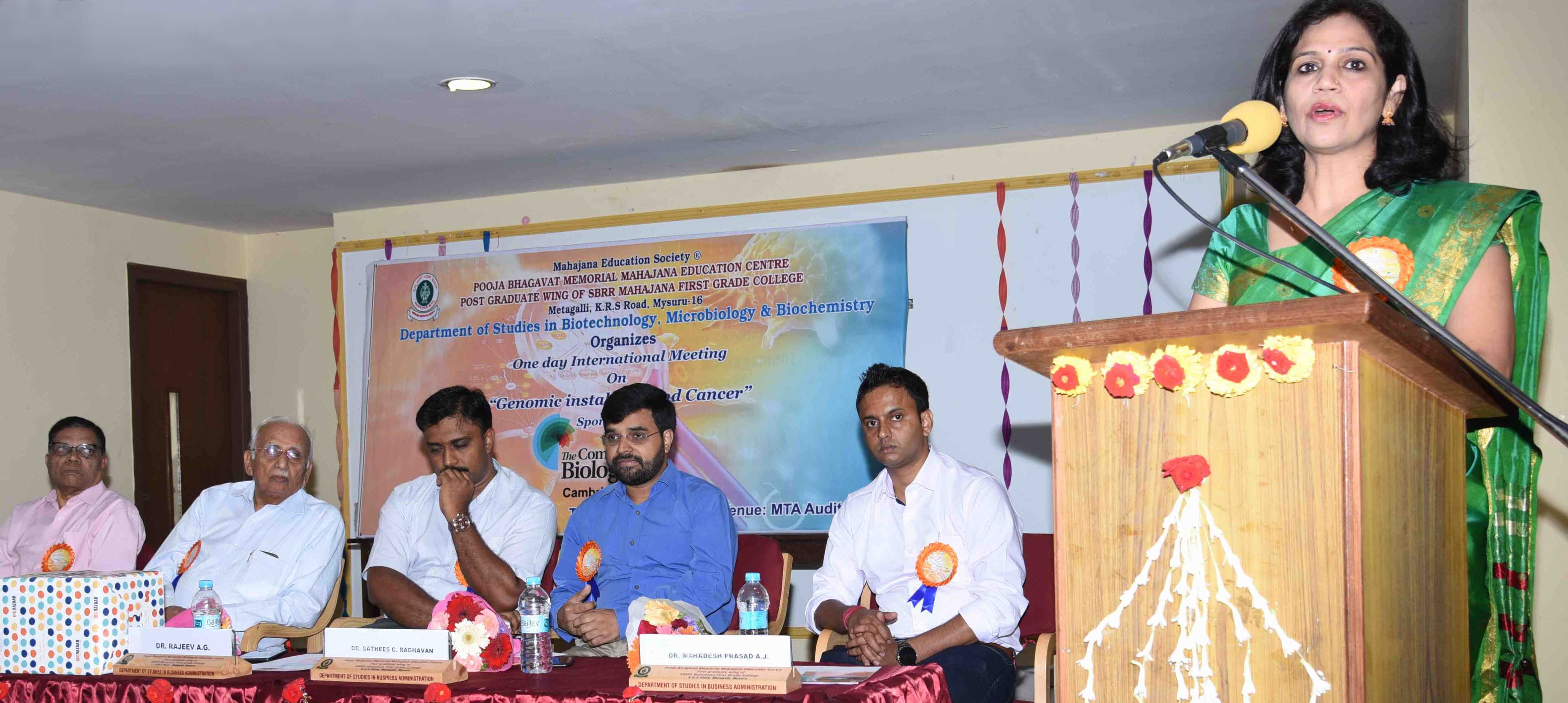
9 March 2018
The DNA in our cells is subject to daily damage from metabolic agents and environmental factors, but most of this damage is successfully repaired by natural systems throughout the cell cycle. However, accumulation of DNA damage due to failures in these natural repair systems is an important risk factor in cancer development. …
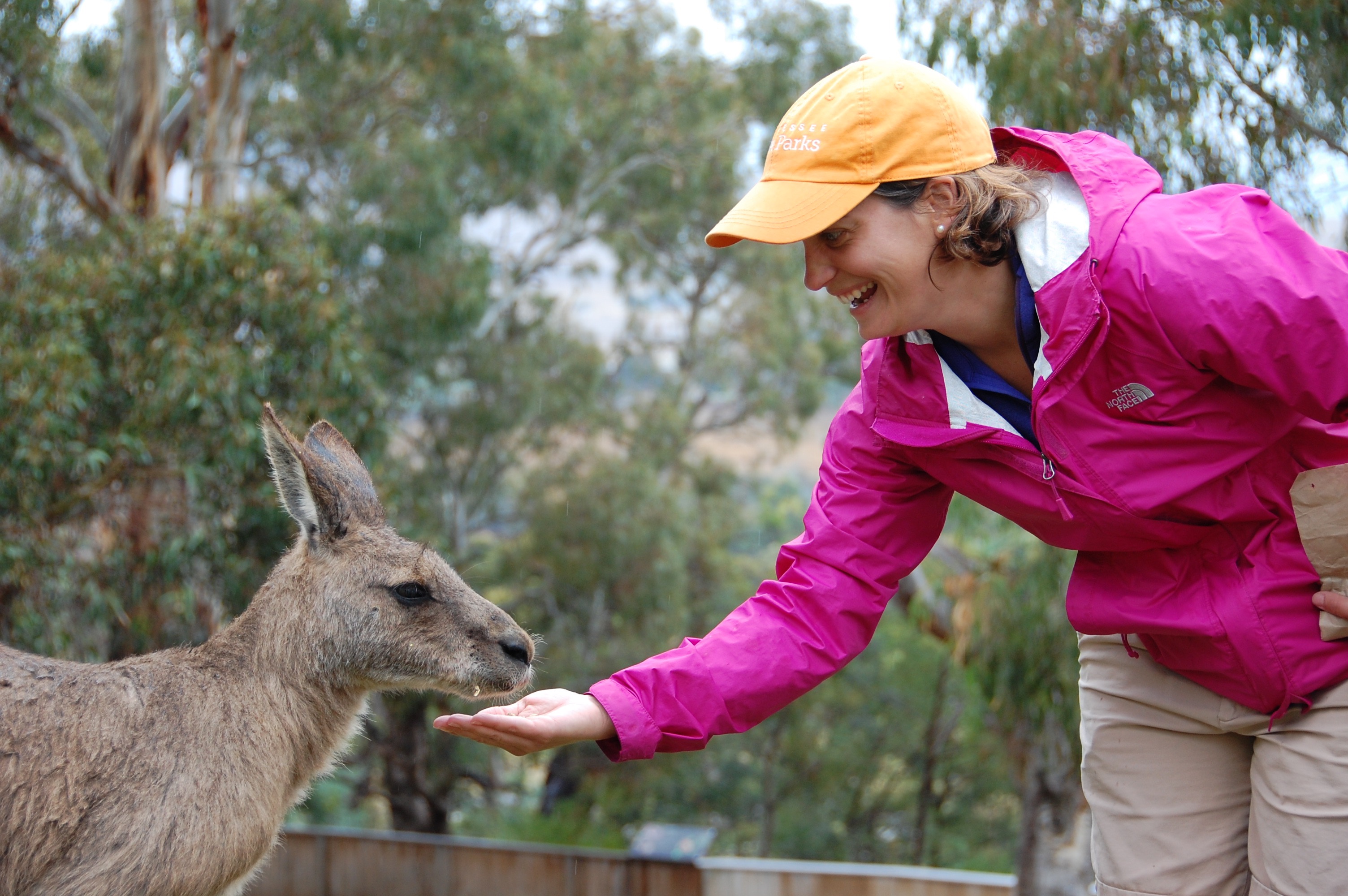
7 February 2018
Intranasal insulin has been shown to improve memory in both humans and mice. However, in most cases less than 0.05% of insulin delivered via the intranasal route actually reaches the brain. Buccal epithelium is routinely used as an in vitro model for investigating peptide uptake, but Elizabeth Rhea, a postdoctoral fellow in the Department of Medicine at the University of Washington, USA, wished to investigate its potential as a model for screening enhancers of intranasal insulin delivery. …
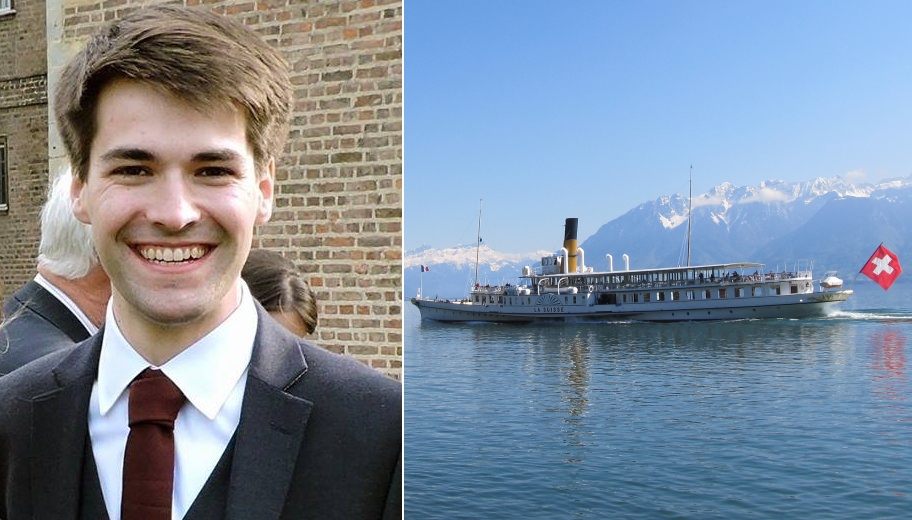
24 July 2017
One of the research areas of the Martinez-Arias lab in the Department of Genetics at the University of Cambridge, UK, is the development of gastruloids – small, self-organising aggregates of mouse embryonic stem cells. PhD student Peter Baillie-Johnson was working on the generation of elongating gastruloids to mimic the first stages of axial elongation in the mouse embryo, but was limited by aggregates adhering to the surface of culture plates. …
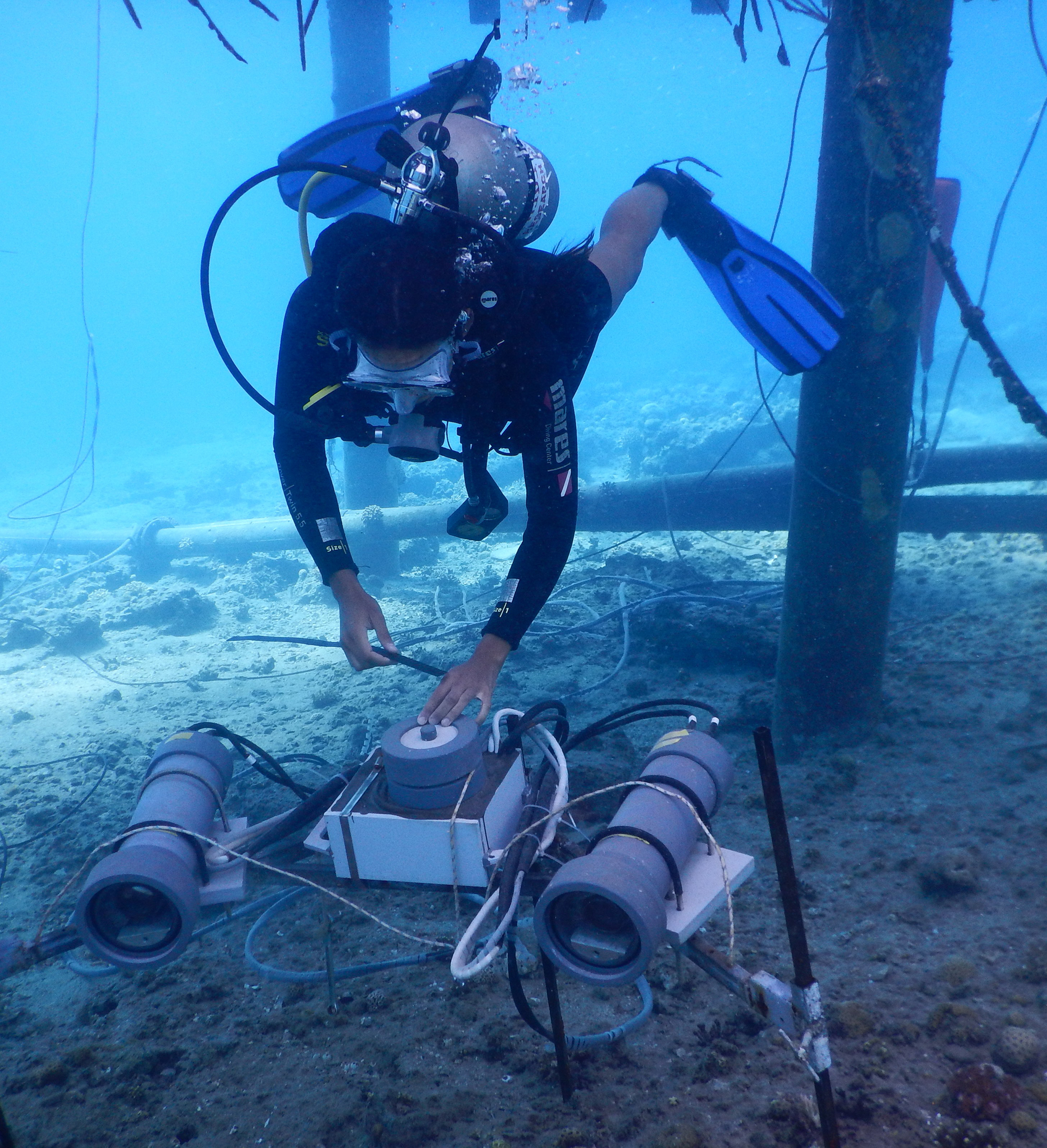
5 July 2017
Combining biology and mathematics, Julia Samson, a PhD student at the University of North Carolina, Chapel Hill, focuses her research on the pulsing behaviour of soft corals (Xenia and Heteroxenia) and how this behaviour affects and is affected by local water flows. Her project includes computational fluid dynamics simulations and flow visualisation experiments in the lab, with field data essential to test and validate these fluid–structure interaction models. …
You must be logged in to post a comment.